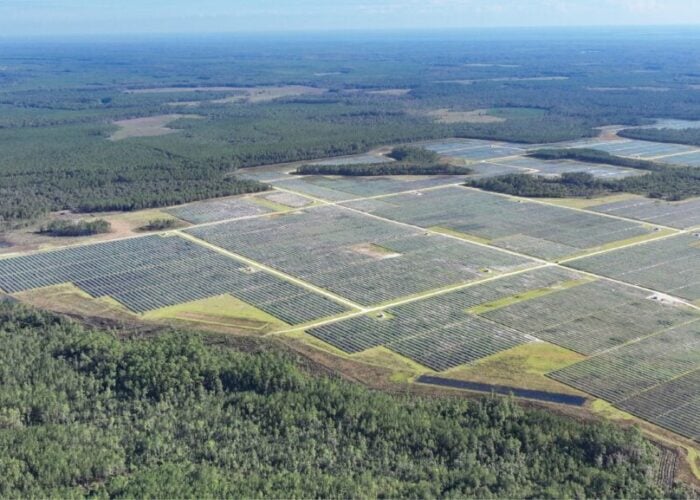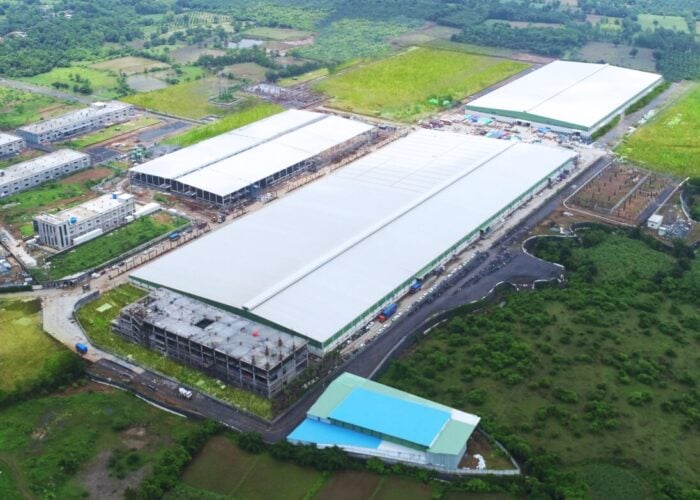Recent reports that indicated PV inverters are responsible for 59% of total PV project failure costs – a startling statistic – underscore the relevancy of a new in-depth assessment of the PV inverter market and technologies by GTM Research. However, the good news is that GTM’s analysis suggests that a new wave of next-generation inverter technologies (both for large-scale and residential markets) are expected to offer significant improvements and, importantly, provide for greater adoption of utility-scale PV as well as better returns for the residential customer as feed-in tariffs decline.
“Advances in PV inverter technology promise to improve the commercial viability of solar power,” commented GTM research analyst and report author, MJ Shiao. “In larger systems, grid support features such as fault ride-through and reactive voltage support will make it more desirable for utilities and grid operators to integrate PV into the electric grid. With smaller-scale installations, microinverters and distributed power optimizers show potential to reduce installation costs and increase system performance.”
Try Premium for just $1
- Full premium access for the first month at only $1
- Converts to an annual rate after 30 days unless cancelled
- Cancel anytime during the trial period
Premium Benefits
- Expert industry analysis and interviews
- Digital access to PV Tech Power journal
- Exclusive event discounts
Or get the full Premium subscription right away
Or continue reading this article for free
Significant new technical developments are under way, according to the report, ‘The Global PV Inverter Landscape: Technology and Market Trends, 2011-2015.’ These emerging paradigms will also potentially impact current market leaders, which have until now been a ‘select few.’
According to GTM, 61% of the global PV inverter market has been dominated by SMA, Power-One, Kaco New Energy, and Fronius. Not only will the leading incumbents need to continue to innovate to compete, but as markets outside of Europe continue to emerge and show significant growth, they will also need to diversify or face stiff competition from a new breed of US and Asian manufacturers.
“As the PV inverter industry expands out of traditional European strongholds, we will see stiff competition from regional players in emerging markets like North America and China,” said Shiao. “Establishing a combination of technology differentiation and bankability becomes a key pursuit for inverter manufacturers, especially for newcomers such as distributed optimization and microinverter companies, which saw shipments jump more than threefold in 2010, with the potential to reach 4.6GW by 2015.”
One of many interesting aspects of the report identifies the recent emergence of module-level smart electronics that includes both DC/DC optimizers and microinverters in a category called ‘distributed power optimization.’
Distributed power optimization technologies could push conversion efficiencies much higher than conventional inverters and, as the report claims, could end up as ‘the single most important performance enhancement technology in a decade.’
This shouldn’t be taken lightly as the microinverter and power optimizer market went from 50MW installed in 2009 to 164MW in 2010.
Moving to the smart module that offers true integration and the opportunity to differentiate is an area the report says to watch, though the issue of bankability is never far from the table.
This concern isn’t unfounded, as the report describes in detail. Reliability and field studies undertaken by project developers such as SunEdison looking into PV power plant failure causes point to inverters as the key culprits. Ironically, it was software that was noted for causing a high percentage of PV inverters failures or ‘tickets.’
However, although bankability is based on reliability, the field data for conventional inverters are much more plentiful than that for microinverters and as such it will take time for any new technology to earn its bankability stripes.
With GTM projecting that utility-scale inverter demand will lead growth in all end-market segments through 2015, bankability factors could change and lean towards the higher-rated technologies for performance and reliability.
As for its market forecast perspective, GTM expects the global PV inverter sector to reach revenues of US$6.9 billion in 2011.
Editor's note: Sandia National Lab and SunEdison have both reported data on PV plant reliability issues.






